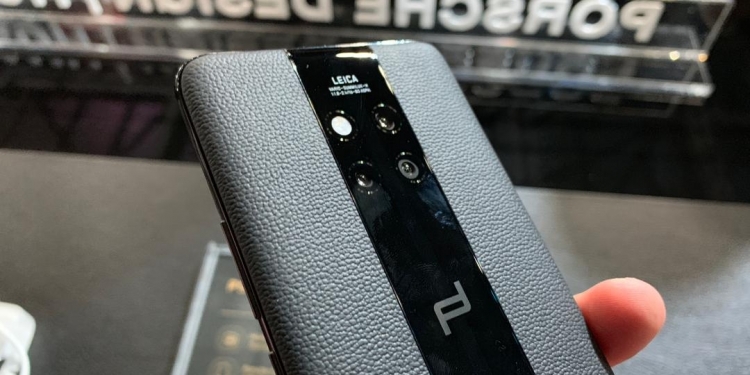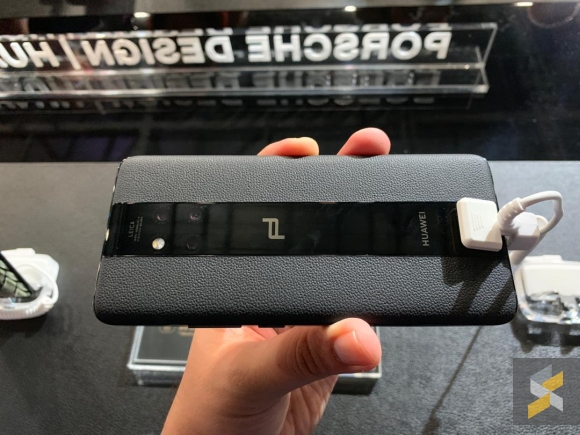At a glitzy event in London today, Huawei announced four new mobile devices – the Mate 20, Mate 20 Pro, the Mate 20 X, and the Porsche Design Huawei Mate 20 RS. The Mate 20 RS, with its Porsche Design DNA is regarded as the most premium version of the Mate 20 series but it borrows a lot of its specifications and components from the Mate 20 Pro.
So what sets the Mate 20 RS with the Mate 20 Pro? Here’s a quick breakdown.
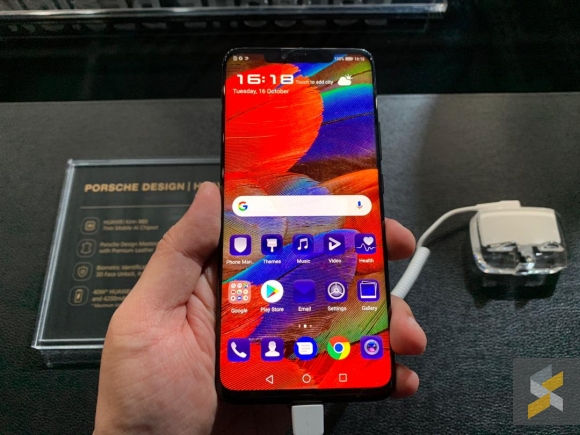
First, let’s talk about the similarities. Both the Mate 20 RS and Mate 20 Pro get the same top-of-the-line Kirin 980 processor. If my experience with previous Huawei phones running Huawei-made Kirin chips are anything to go by then you really have nothing to worry about the performance of the Mate 20 RS, it’s going to be blazing and smooth thanks to several enhancements which Huawei claims boosts the processor’s speed by 20% and power efficiency by 40%.
The Leica Triple Camera array at the back is also similar on both the Mate 20 RS and Mate 20 Pro, both phones feature three cameras at the back which comprised of a 40MP main camera (27mm, f/1.8), a 20MP camera with what can be considered a wide-ish 16mm equivalent f/2.2 lens and an 8MP 3x telephoto camera (80mm, f/2.4).
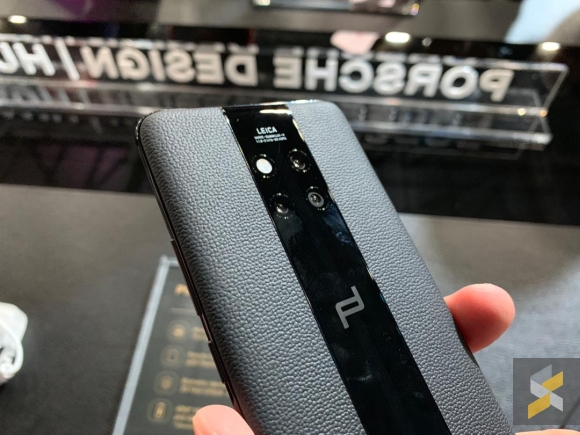
The battery and charging capabilities between the two devices are the same as well. This means you get a large 4,200 mAh battery and Huawei’s 40 watt SuperCharge fast charging. Huawei claims the battery provides a full day’s worth of power for the Mate 20 RS and if that’s not enough, the SuperCharge fast charging tech provides 70% of charge from just 30 minutes of charge time.
Unique to the Mate 20 RS and Mate 20 Pro is the reverse wireless charging capability. This means you can charge another wireless charging-capable device using the Mate 20 RS or Mate 20 Pro as a wireless charger – this can be a useful feature or an impractical one, depending on how you look at it. The way I see it though, it’s more of an impractical one. Turning your phone into a wireless charge to charge your other wireless charging device effectively renders the phone useless until you’ve finished charging. You’re better off with a dedicated wireless charger instead.
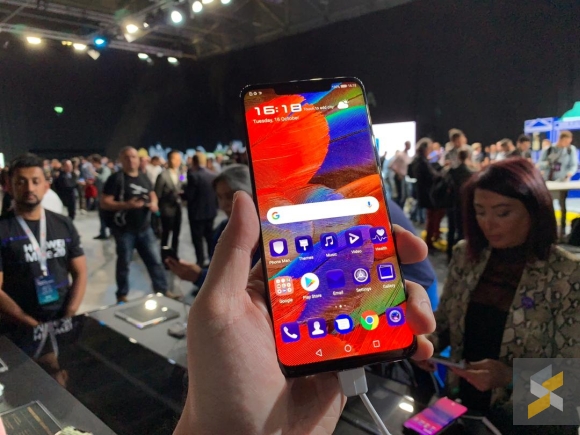
Like the Mate 20 Pro, in-screen fingerprint sensor and 3D face unlock are also featured in the Mate 20 RS. Apparently, Huawei’s improved face unlock tech works in pitch black scenarios as well which is going to be interesting to test out. I’m using the P20 Pro now and I am certainly impressed with the speed of Huawei’s face unlock. It is by far the faster face unlock I’ve tested and it’s as secure as any other face unlock option on other phones. Hence, I’m not expecting anything less from the Mate 20 Pro and Mate 20 RS, and you should expect the same.
Other similarities include, USB-C port, IP68 water and dust resistance and no headphone jack.
What are differences between the Mate 20 RS and the Mate 20 Pro?
The most obvious one will be the look and feel of the device. While the Mate 20 Pro gets a glass and metal body, the Mate 20 RS features a leather-wrapped glass back. The other difference would be storage and RAM options. You only get one variant with the Mate 20 Pro, 6GB RAM + 128GB storage but with the Mate 20 RS you have an option for either an 8GB RAM + 256GB storage or 8GB + 512GB storage.
There are two colour options are available Mate 20 RS, red (which is for China only at the moment) and black which is for all other markets.
And that’s pretty much it.
The Porsche Design Huawei Mate 20 RS will go on sale in Europe and selected markets from November 16th, 2018. The 8GB+256GB version sells for 1,695 euros while the 8GB+512GB costs 2,095 euros. If you’re wondering how much that is in Ringgit…it’s expensive!
Ok if you really need to know – it’s about RM8,100 for the 256GB version and about RM10,000 512GB version.

